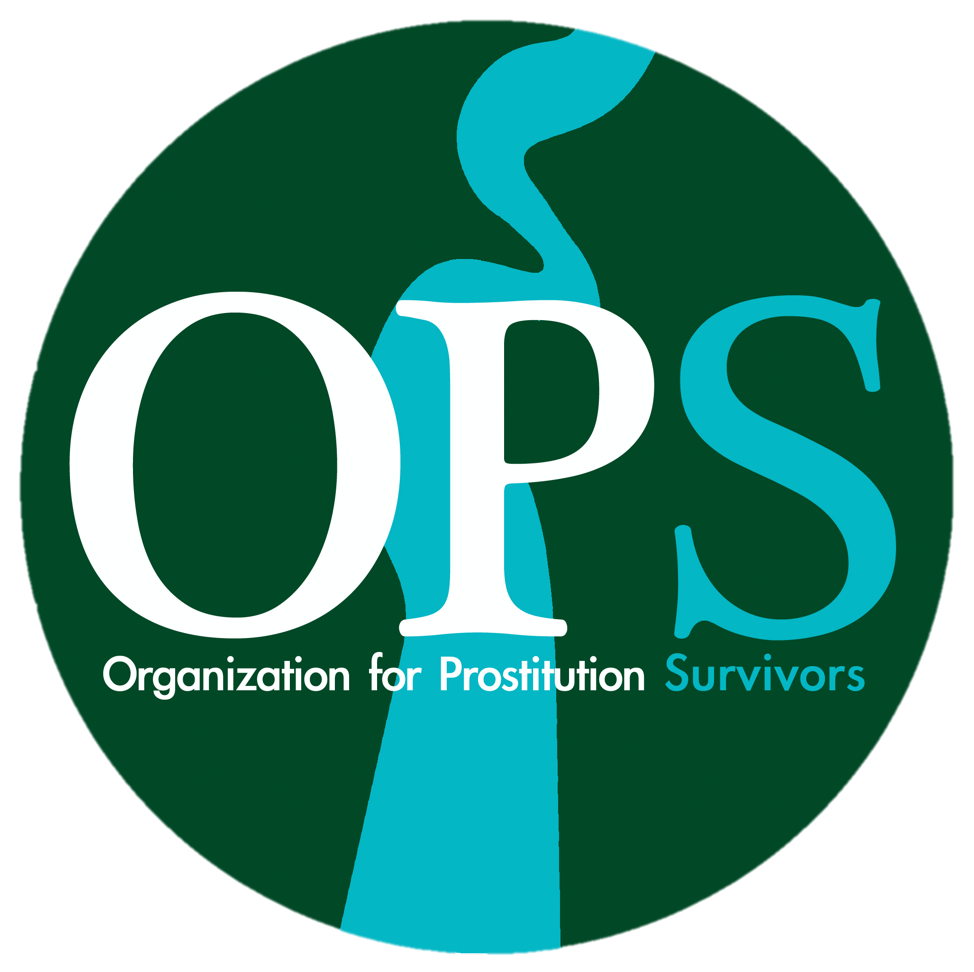What Does Grooming in the Sex Industry Look Like?
Unveiling the Manipulative Tactics of Exploiters
At the Organization for Prostitution Survivors (OPS), we prioritize the well-being and experiences of survivors. Understanding the process of grooming in the sex industry is crucial in our collective efforts to combat trafficking and exploitation. Grooming refers to the insidious process by which traffickers manipulate and recruit their people.
While it may be challenging for those who haven't personally experienced these tactics to imagine being coerced into engaging in sexual acts for money, it's important to recognize that under the right circumstances, many of us can be manipulated into doing things we never thought possible.
Contrary to common misconceptions, sex trafficking often starts with someone the survivor knows, loves, or trusts, rather than a violent abduction or the involvement of a stranger. In this blog post, we will shed light on the various stages of grooming and provide guidance on how to identify and combat exploitation.
Stage 1: Finding their Targets - Exploiting Vulnerabilities
Exploiters have a disturbing knack for identifying vulnerabilities and easy targets. These vulnerabilities can include low self-confidence, lack of parental supervision, isolation, or a history of trauma. Scarily enough, traffickers possess expertise in preying on these vulnerabilities and using them as leverage to manipulate their people.
Stage 2: Building Trust - The Illusion of Love
The next step in the grooming process involves building trust. Exploiters start relationships with their targets to gain a deeper understanding of their vulnerabilities and uncover additional weaknesses to exploit. This stage often resembles "love-bombing," where people are showered with excessive praise, gifts, and attention, reminiscent of the initial phase in any relationship. The person, who may not recognize the manipulation, experiences a sense of deep connection and attachment to their exploiter. The exploiter may coerce their person to keep the relationship a secret, creating a further sense of entanglement.
Stage 3: Filling Needs - Creating Dependency
Once the exploiter has identified their target's needs, such as stable housing, money, friendship, a significant other, or a parental figure, they exploit these needs to their advantage. By fulfilling these needs, the exploiter ensures that this person becomes dependent on them for survival and support. This dependency reinforces the power dynamic, making it increasingly challenging for this person to extricate themselves from the exploiter's control.
Stage 4: Isolation - Cutting Off Support Systems
To maintain control, the exploiter aims to isolate their target away from their support systems, such as parents or friends. They may exacerbate small conflicts or disagreements, magnifying them to turn their target against their loved ones. The exploiter manipulates this person's perception, often emphasizing that they are the only one who truly understands and cares for them.
Stage 5: Exploitation - Crossing Boundaries and Creating Confusion
Finally, the exploiter crosses healthy boundaries, gaslights their target, and creates confusion. By flipping the script and employing psychological manipulation tactics, they exploit their target’s trust and exploit their vulnerabilities. At this stage, intense trauma bonds have often formed between the targeta and exploiter. The exploiter may also possess compromising information, photos, or other means of coercion to force compliance.
How to Stop Exploitation: Empowerment through Education and Support
Stopping exploitation requires a collective effort to raise awareness and take action. At OPS, we are committed to empowering survivors and ending gender-based violence. Here are steps you can take:
1. Commit to educating yourself: Learn about grooming and understand its dynamics. By being informed, you can better recognize the signs and protect yourself and those you care about from exploitation.
2. Engage in open conversations: If you suspect that your loved ones are being groomed, have open and supportive discussions with them. Although these conversations may be challenging, having them could prevent someone from falling victim to trafficking or exploitation.
3. Support and reach out: It's crucial to support friends who may be going through these experiences. Encourage them to confide in OPS, trusted friends, and family members who can provide guidance and assistance.
Together, as a community, we can create a safe environment that fosters healing and empowers survivors to thrive. By increasing awareness, we can identify and intervene with harmful individuals, creating a world where gender-based violence no longer exists.
Remember: You are not alone. OPS is here to support you every step of the way.




